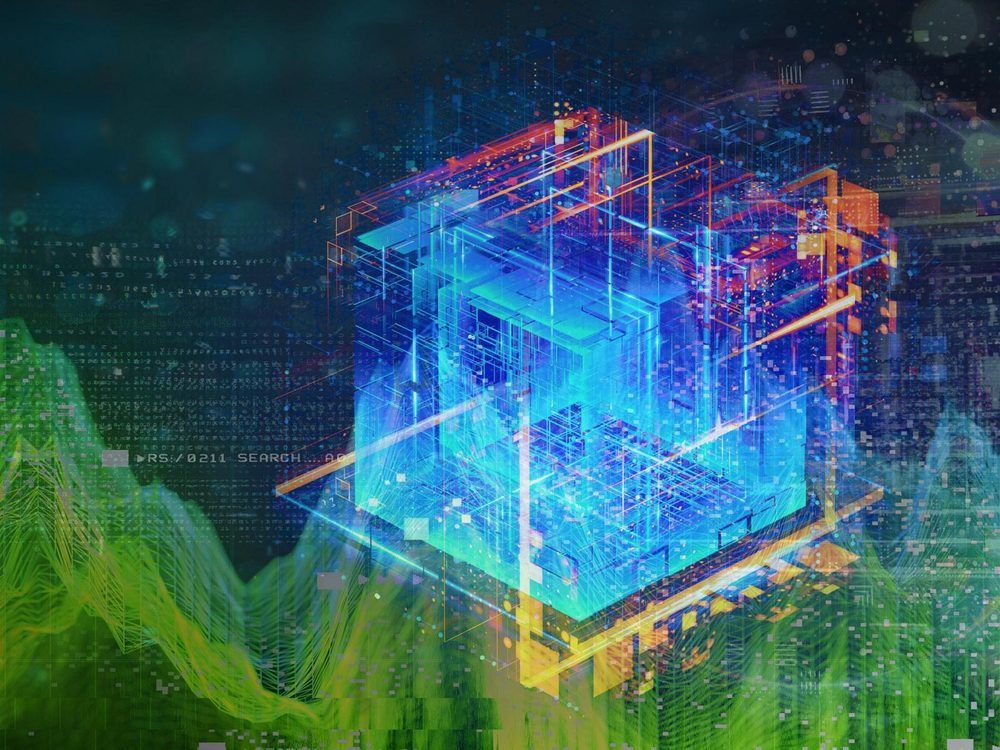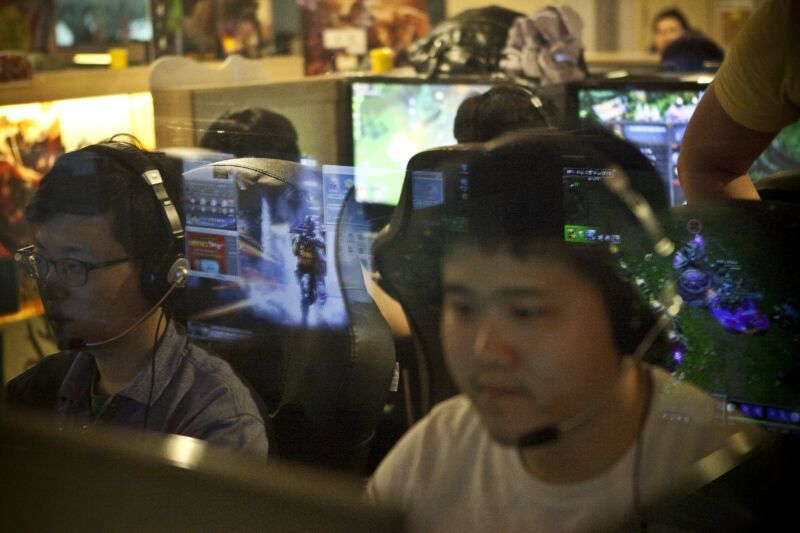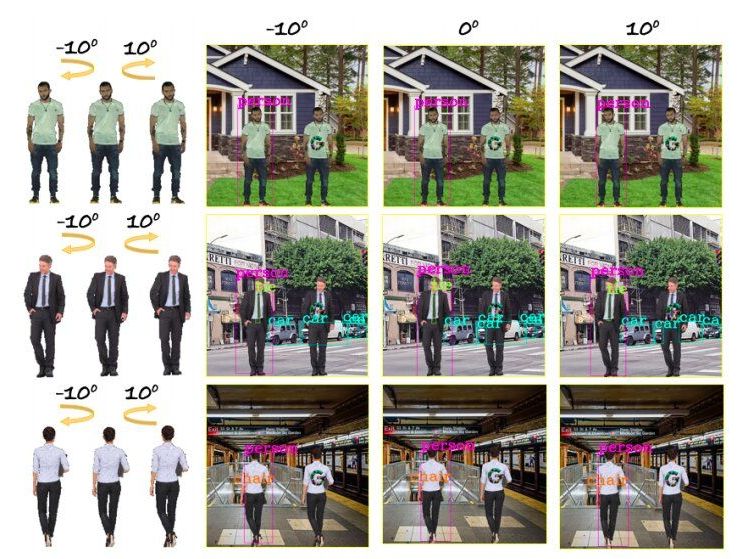Aug 8, 2020
30-year-old file format behind MacOS hack
Posted by Saúl Morales Rodriguéz in categories: cybercrime/malcode, privacy
A security expert revealed this week that an exploit commonly used against Windows users who own Microsoft Office can sneak into MacOS systems as well.
A former NSA security specialist who addressed the Black Hat security conference this week summarized his research into the new use for a very old exploit.
Patrick Wardle explained that the exploit capitalizes on the use of macros in Microsoft Office. Hackers have long used the approach to trick users into granting permission to activate the macros, which in turn surreptitiously launch malicious code.
















